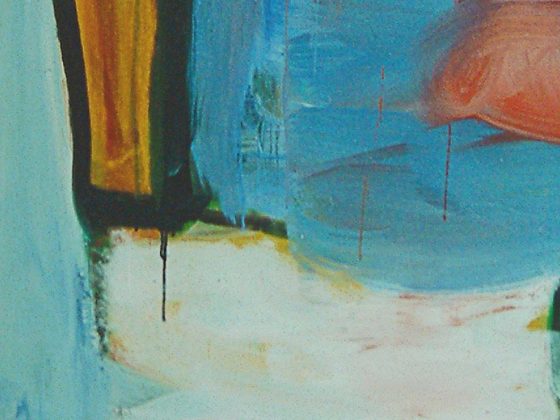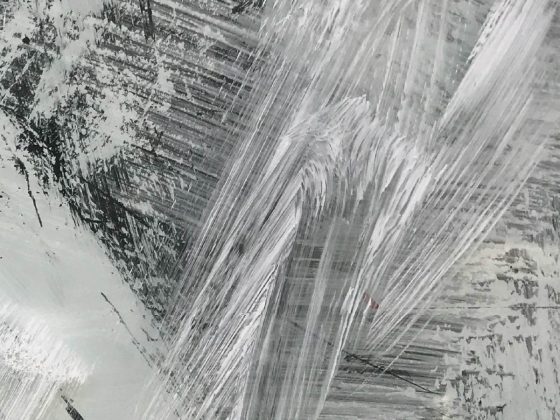Teología y cultura, año 22, vol. 27, número 1 (mayo 2025), pp. 8-30
ISSN 1668-6233
En el presente trabajo vamos a hacer una puesta en común entre dos autores: Husserl y Rosenzweig. Me interesa mostrar la perspectiva fenomenológica de La estrella de la redención. Para esto debemos partir primero de algunas nociones básicas de Edmund Husserl, ya que consideramos que es el suelo hermeneútico desde el que parte nuestro análisis. Los tres conceptos que vamos a utilizar de Husserl son: epojé, reducción fenomenológica y reducción eidética. Luego vamos a analizar la primera parte de La estrella: Los elementos o el perpetuo antemundo (Creación). Partiremos de la tesis que sostiene que este primer tomo de la obra capital del autor de Kassel es el núcleo fenomenológico de La estrella. Allí, Rosenzweig describe la esencia del fenómeno de Dios, de mundo y de ser humano. Rastrearemos las tres nociones de Husserl en La estrella para establecer cuáles son sus alcances, similitudes y diferencias.
Palabras clave: Creación. Epojé. Fenomenología. Eidos. Reducción.
Abstract: In this paper, we will discuss the relationship between two authors: Husserl and Rosenzweig. My interest is to present the phenomenological perspective of The Star of Redemption. To do this, we must first begin with some basic notions of Edmund Husserl, since we consider it to be the hermeneutical foundation from which our analysis begins. The three concepts we will use from Husserl are: epoché, phenomenological reduction, and eidetic reduction. Next, we will analyze the first part of the Star: Creation. We will begin from the thesis that this first volume of the Kassel author’s major work is the phenomenological core of The Star. There, Rosenzweig describes the essence of the phenomena of God, the world, and human beings. We will trace Husserl’s three notions in The Star to establish their scope, similarities, and differences.












